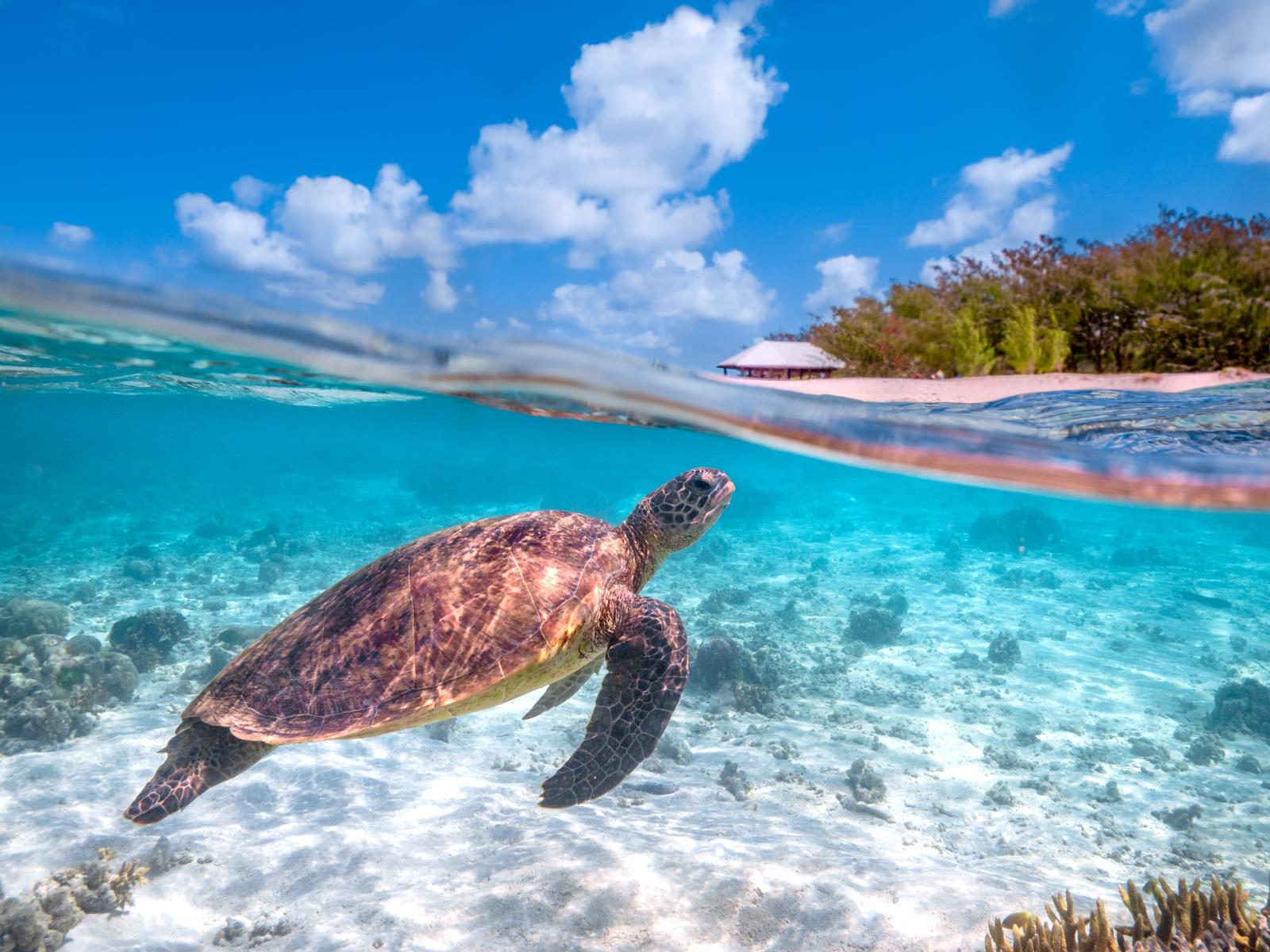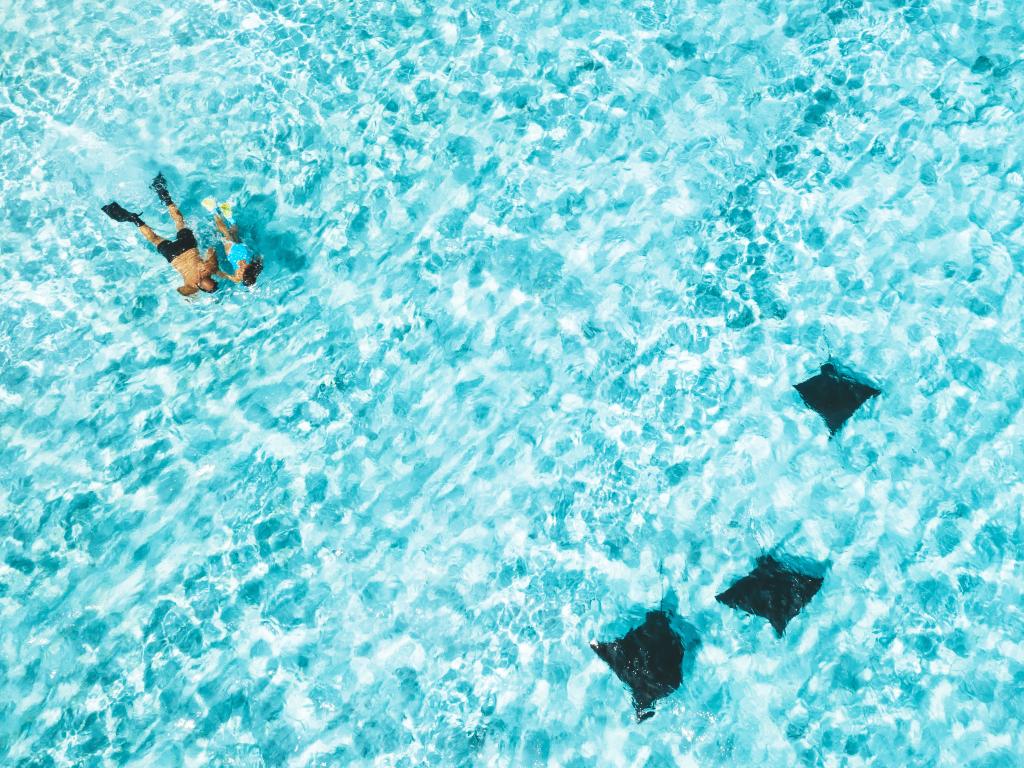Heron Island Nature Calendar
Heron Island's stunning natural environment and year-round gorgeous weather makes it the perfect destination for an eco-adventure. Together with the abundance of wildlife and marine life including spectacular coral, nesting turtles and migrating whales, Heron Island offers an unforgettable holiday experience. As a guest on Heron Island, you are also a guest of nature and are invited to join in protecting and preserving the incredible natural beauty and vital resources of the Great Barrier Reef Marine Park.
Throughout the year, there are many natural events that occur on Heron Island. From turtle hatchings to bird migrations, there is always something to be seen on Heron Island. So no matter what time of year you visit, the environment is sure to impress. Below, you will find a calendar of biological events throughout a 12 month period on Heron Island.

January: Active bird life. Peak breeding season for sea birds, Black Noddies, Mutton Birds and Reef Herons. Female Turtles lay eggs on the beach and hatchlings make their way to sea.
February: Wedge tailed Shearwater Mutton Bird chicks hatching. Female Turtles still laying.
March: Migratory birds - Some birds show breeding plumage during March as they return to their Arctic nesting grounds. Birds still nesting include the Buff-banded Rail and the Black Noddy Tern. End of turtle nesting season.
April: Noddies departing the Island. Young Wedge-tail Shearwater birds leave their burrows. Adult Shearwaters leave the Island.
May: Last of the turtle hatchling leave their nests. Young Wedge-tailed Shearwaters are still learning to fly.
June: Humpback Whales northern migration begins.
July: Humpback Whales frequently sighted. Eastern Reef Egrets start building their nests.
August: Humpback Whale sightings.
September: Humpback Whales active and migatory birds such as the Eastern Golden Plovers and Ruddy Turnstones are now returning. Turtle mating may be seen.
October: Black Noddies begin returning. Whales and their calves now heading south to the Antarctic Resident. Silver Eyes and Black Noddies nesting. Wedge-tailed Shearwaters return. Turtle mating may be observed.
November: Turtle egg laying begins. Wedge-tailed Shearwaters nesting begins. Black Noddies eggs can be seen in the nest. Annual synchronised mass spawning.
December: Bird life is extremely active. Turtles are laying eggs and hatchlings emerging from the sand. Coral spawning may occur.

